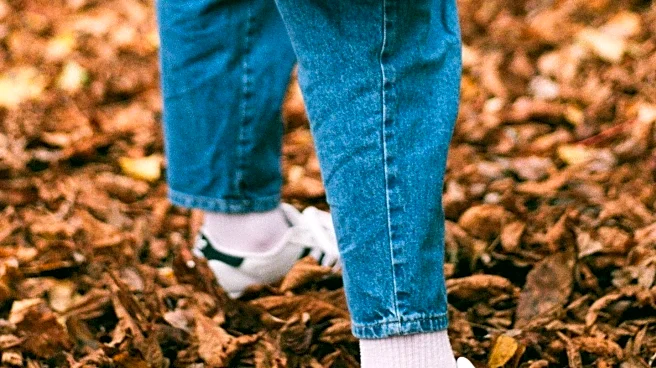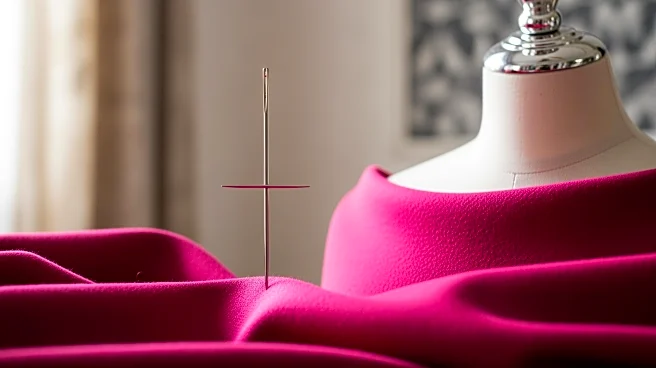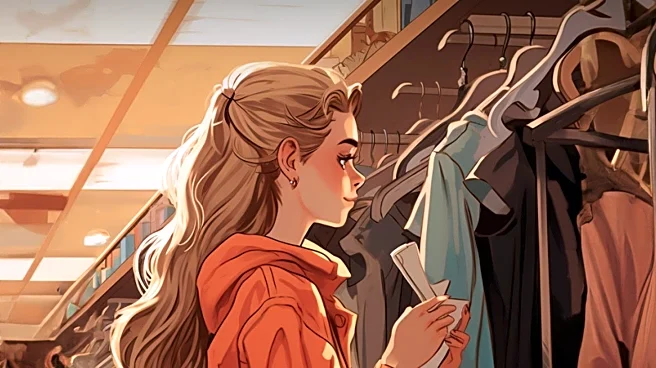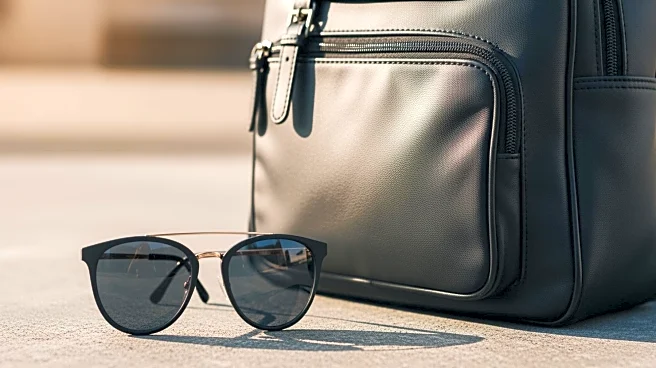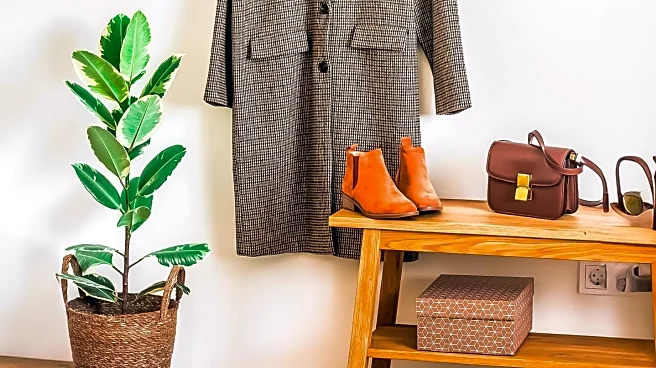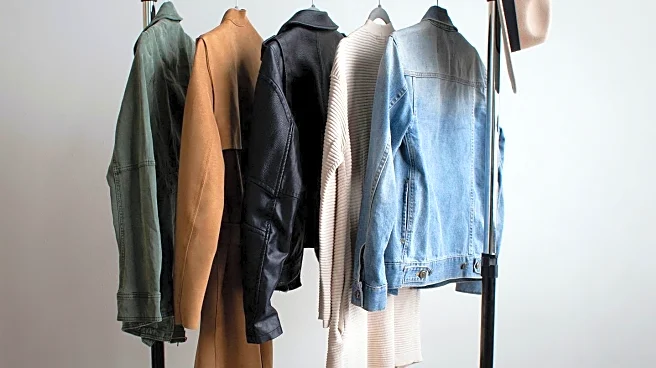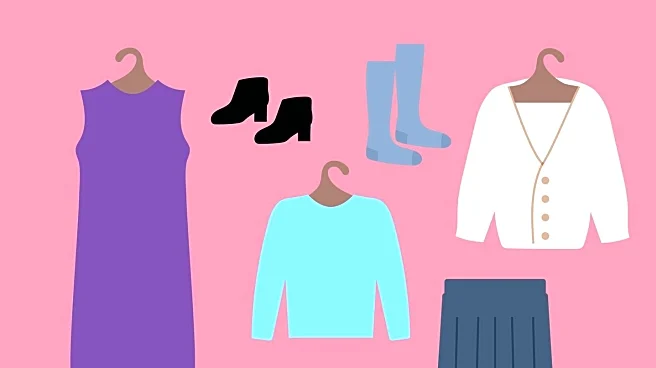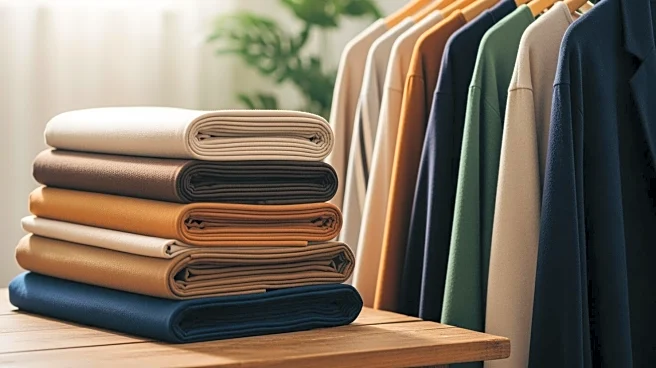What's Happening?
As the fall season arrives, students at a campus are transitioning their wardrobes to accommodate the cooler weather. The shift includes incorporating layers, coats, sweatpants, leggings, and autumn tones
into their daily outfits. Sophomores Vanessa Polly, Grace Lobdell, and Anna Brown have started the season with playful colored stripes and classic denim jeans, drawing inspiration from popular culture such as 'Gilmore Girls.' Other students, like freshman Jordan Benkis, are opting for comfort with black sweatpants and hoodies, while sophomore Olivia Rogers chooses cozy, layered looks with puffer jackets and Uggs. The emphasis is on staying warm while maintaining personal style preferences, as seen with sophomore Lizette Calvillo's choice of pink-themed attire.
Why It's Important?
The change in fashion choices reflects broader cultural trends where personal comfort and style are prioritized, especially among younger demographics. This shift can influence retail strategies, as brands may focus on producing versatile and comfortable clothing that aligns with seasonal changes. The emphasis on eco-friendly and sustainable fashion choices, as mentioned by Vanessa Polly, highlights a growing awareness and demand for environmentally conscious products. This trend could impact the fashion industry by encouraging more sustainable practices and materials, potentially leading to a shift in production and marketing strategies.
What's Next?
As the season progresses, students will likely continue to adapt their fashion choices to the changing weather, possibly incorporating more winter-specific items such as heavier coats and boots. Retailers may respond by promoting seasonal collections that cater to these needs, potentially offering discounts or special promotions to attract student buyers. Additionally, the focus on sustainability may lead to increased interest in brands that prioritize eco-friendly practices, influencing future purchasing decisions and brand loyalty among this demographic.
Beyond the Headlines
The emphasis on personal style and comfort among students may reflect broader societal shifts towards individual expression and the rejection of traditional fashion norms. This could lead to a more diverse fashion landscape where unique and personalized styles are celebrated. The trend towards sustainable fashion also raises ethical considerations regarding the environmental impact of clothing production, potentially driving industry-wide changes towards more responsible practices.


